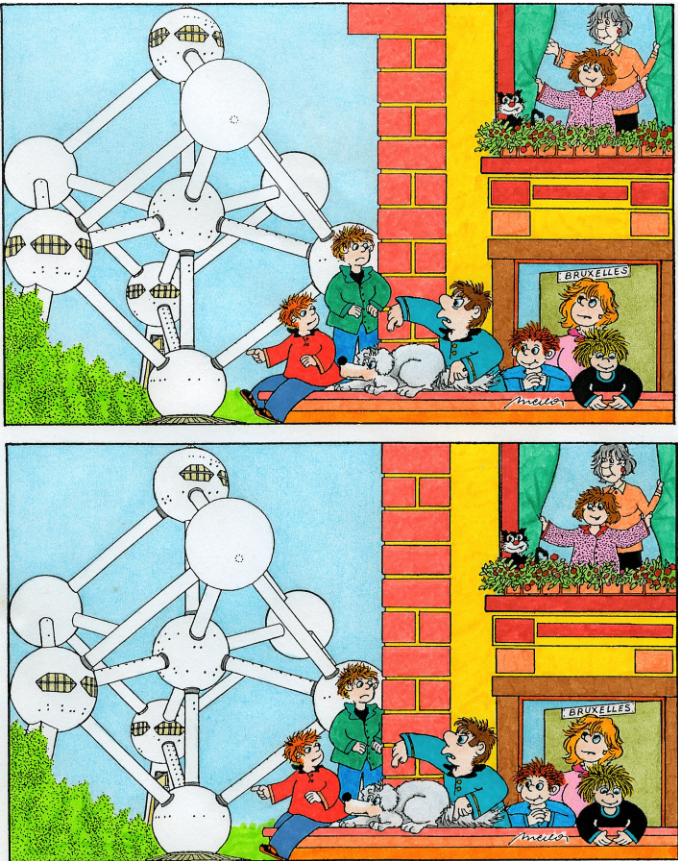An optical illusion is a visual phenomenon where the perception of an image differs from the actual physical properties of that image. In other words, what you see doesn’t match with reality.

These illusions can occur due to various factors such as the way our eyes and brain interpret visual information, the use of colors, patterns, and shapes, or the arrangement of elements in an image.
Some common types of optical illusions include:
1. **Ambiguous Illusions:** These are images that can be interpreted in more than one way. For example, the famous “Necker Cube” can be seen as a cube facing upward or downward.

2. **Geometrical Illusions:** These illusions involve geometric shapes that appear distorted or misaligned, such as the “Penrose Triangle” which looks like an impossible object.
3. **Motion Illusions:** These illusions create the perception of movement or change in static images. An example is the “Rotating Snake Illusion,” where stationary patterns appear to be moving.

4. **Color Illusions:** These illusions manipulate colors to create effects such as color spreading, afterimages, or contrasting colors that make shapes appear different than they are.
















